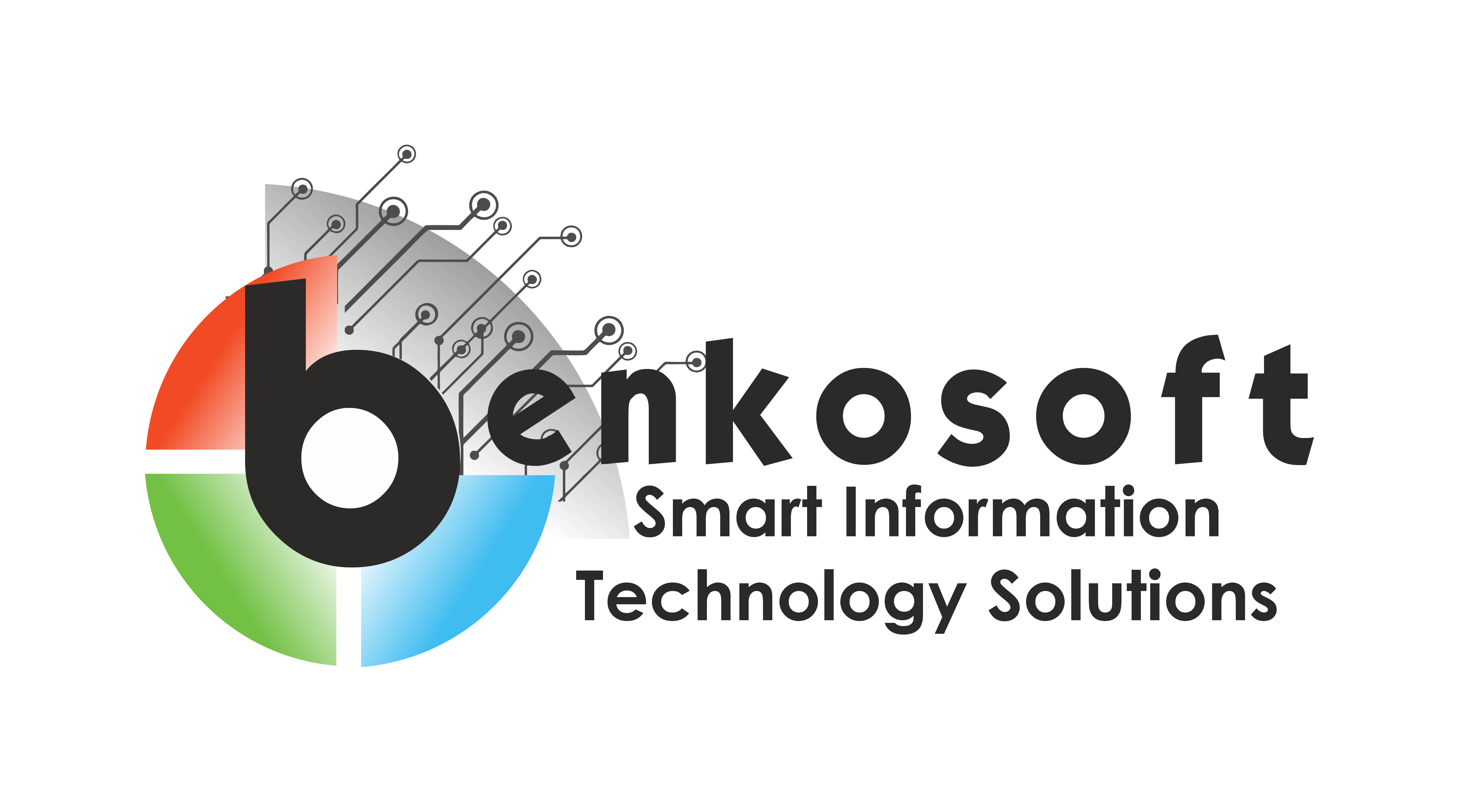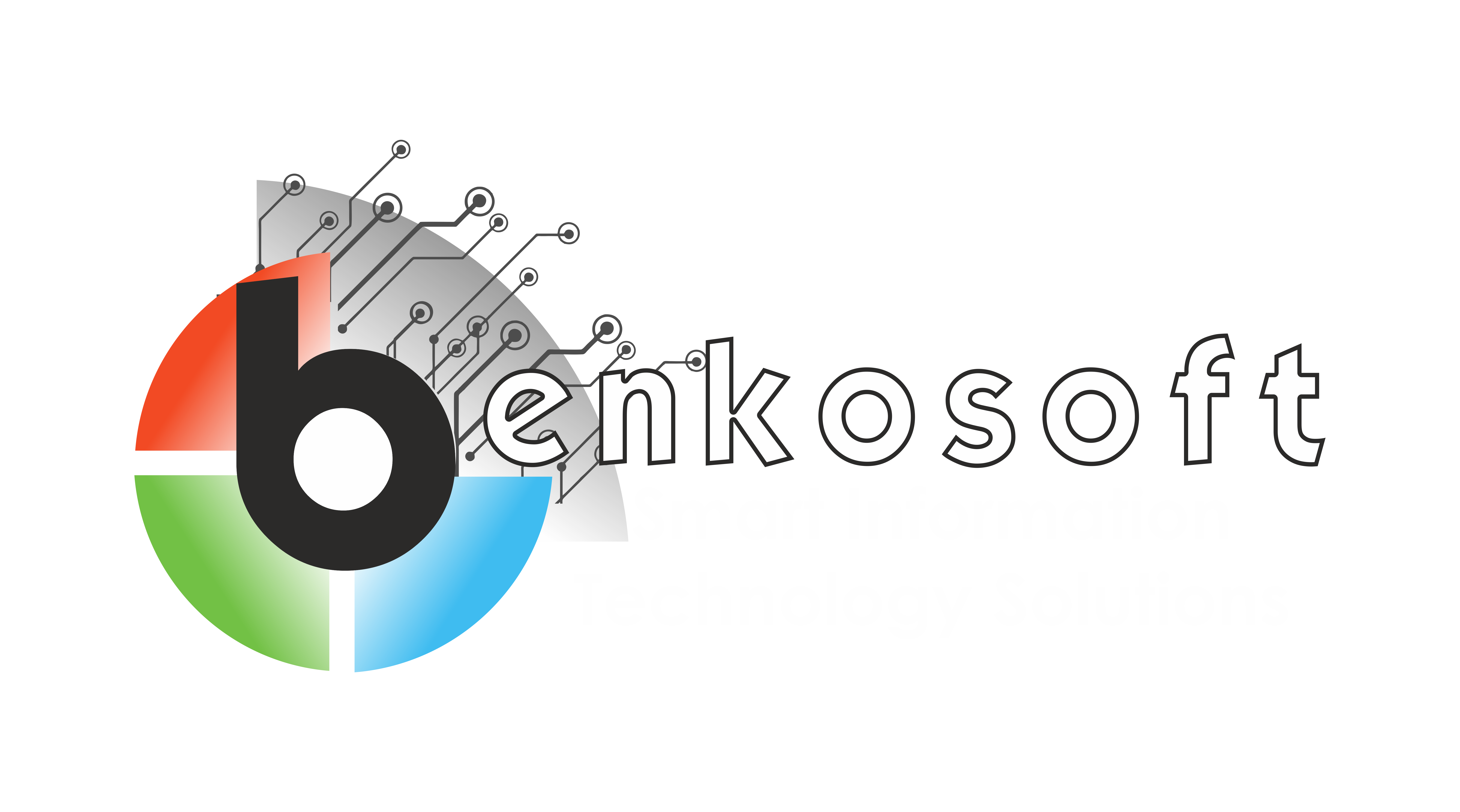Technologies
GO
Go, also known as Golang, is a statically typed, compiled programming language designed by Google. It was first released in 2009 and has since gained popularity for its simplicity, efficiency, and readability. Go was created with the goal of improving programming productivity in the face of modern computing challenges, such as multicore processors and large-scale distributed systems.
One of the key features of Go is its simplicity and ease of use. The language has a clean, concise syntax that is easy to read and understand. Go’s designers intentionally kept the language small and focused, avoiding unnecessary complexity and features. This makes Go an excellent choice for beginners and experienced programmers alike.
Another important feature of Go is its efficiency. Go is compiled directly to machine code, which makes it fast and efficient. Go’s runtime also includes a garbage collector, which helps manage memory allocation and deallocation, reducing the risk of memory leaks and other common programming errors.
Go is also designed for concurrency. Go includes built-in support for goroutines, which are lightweight, concurrent threads of execution. Goroutines make it easy to write code that can perform multiple tasks concurrently, improving the performance and responsiveness of applications.
Go’s standard library is another key strength of the language. The standard library includes a wide range of packages for tasks such as networking, file I/O, and text processing. The standard library is well-documented and designed to be easy to use, making it easy for developers to get started with Go and build powerful applications quickly.
In addition to its standard library, Go also has a vibrant ecosystem of third-party libraries and tools. These libraries and tools are developed and maintained by the Go community and cover a wide range of use cases, from web development to machine learning.
Overall, Go is a powerful and versatile programming language that is well-suited for a wide range of applications. Its simplicity, efficiency, and support for concurrency make it an excellent choice for building modern, scalable, and high-performance software. As Go continues to evolve and gain popularity, it is likely to remain a prominent language in the world of software development for years to come.

